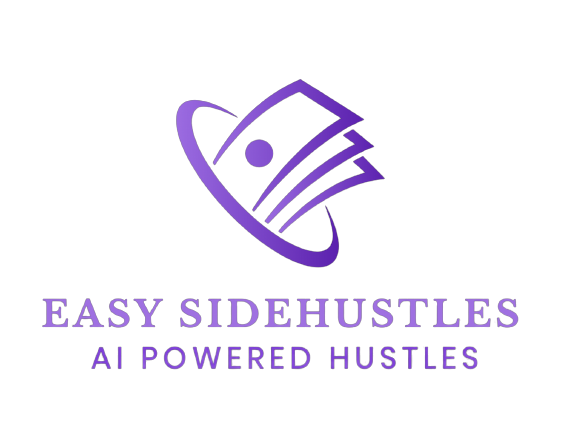Exploring Open Source AI Testing Tools: An Essential Guide for Developers
Introduction
In today’s rapidly evolving technological landscape, developers are constantly seeking innovative ways to streamline their workflows and achieve optimal results. This is where artificial intelligence (AI) comes into play. By leveraging AI testing tools, developers can now revolutionize their processes, reducing errors, and enhancing efficiency. In this article, we will explore the world of open-source AI testing tools, shedding light on their significance and providing developers with a comprehensive guide to get started.
1. The Role of AI in Testing
1.1 Why AI Testing Tools Matter
Testing is an integral part of any software development cycle, ensuring the quality and functionality of applications. However, conventional testing methods can be time-consuming and labor-intensive. AI testing tools, on the other hand, transform this process by automating various tasks and augmenting the capabilities of developers.
1.2 Benefits of AI Testing Tools
– Increased Efficiency: AI testing tools automate repetitive tasks, allowing developers to focus on critical aspects of their workflows. This significantly reduces the time and effort required for testing, enhancing overall efficiency.
– Improved Accuracy: With AI algorithms, testing tools can perform intricate analysis, detecting even the slightest flaws or inconsistencies in applications. This leads to more accurate results and better software quality assurance.
– Cost-Effectiveness: By automating testing processes, AI tools reduce the need for extensive manual supervision. This results in cost savings, as fewer resources are required for comprehensive testing.
– Enhanced Scalability: AI testing tools can easily adapt to evolving software requirements, facilitating scalability and flexibility. Developers can efficiently test applications in various operating environments and platforms.
2. Popular Open Source AI Testing Tools
2.1 TensorFlow
TensorFlow, an open-source machine learning platform, offers a wide set of AI testing capabilities. It provides a comprehensive ecosystem for developers to create and train various models for software testing purposes. TensorFlow’s flexibility and extensive community support make it an ideal choice for developers exploring AI testing tools.
2.2 Keras
Built on top of TensorFlow, Keras is a high-level neural networks library, simplifying the process of building machine learning models. It enables developers to prototype and test AI algorithms swiftly, allowing for efficient software testing. Keras also offers compatibility with multiple AI frameworks, making it highly versatile.
2.3 PyTorch
PyTorch, another widely used open-source AI testing tool, is gaining popularity due to its dynamic computational graphs and user-friendly interface. Developers appreciate its simplicity, making it easier to use and experiment with AI models during software testing. PyTorch’s community is also rapidly growing, offering valuable resources for developers.
3. Getting Started with AI Testing Tools
3.1 Familiarizing Yourself with AI Concepts
To effectively use AI testing tools, it is essential to have a solid understanding of core AI concepts. This includes machine learning algorithms, neural networks, and data preprocessing techniques. Numerous online resources, tutorials, and courses are available to help developers grasp these foundational AI principles.
3.2 Selecting the Right AI Testing Tool
With a plethora of open-source AI testing tools available, selecting the right one can be overwhelming. Developers should consider factors such as ease of use, community support, and compatibility with existing frameworks when choosing an AI testing tool. Experimentation and exploration are key in finding the perfect fit for specific needs.
4. Implementing AI Testing Tools in Workflows
4.1 Identifying Appropriate Testing Use Cases
To optimize the value of AI testing tools, developers need to identify appropriate use cases for implementation. These may include regression testing, anomaly detection, security testing, or performance benchmarking. By aligning specific testing needs with the capabilities of AI tools, developers can achieve the best outcomes.
4.2 Integrating AI Testing into Continuous Integration/Continuous Deployment (CI/CD) Pipelines
For seamless integration, AI testing tools can be incorporated into CI/CD pipelines. This allows for automated testing and continuous feedback, ensuring that any changes or updates made to the codebase are thoroughly tested before deployment. This integration enhances development speed and reduces the risk of introducing bugs into production environments.
5. Overcoming Challenges and Maximizing AI Testing Success
5.1 Data Quality and Preparation
To achieve accurate results with AI testing tools, developers need to ensure the quality and preparation of the data used for testing. This involves data cleaning, normalization, and augmentation, which can significantly impact the AI models’ ability to detect issues and vulnerabilities in software applications.
5.2 Ethical Considerations
As AI testing tools become more advanced, it is crucial for developers to consider ethical implications. Ensuring fairness, accountability, and transparency in AI algorithms is vital to avoid unintended biases or discriminatory outcomes during testing and implementation.
Conclusion
Open-source AI testing tools have become invaluable assets for developers seeking to optimize their workflows and achieve efficient software testing. By embracing these tools and understanding their capabilities, developers can leverage AI algorithms to automate testing processes, improve accuracy, and reduce costs. This article has provided a comprehensive guide to exploring open-source AI testing tools, empowering developers to embrace the future of software testing and enhance their overall development practices. So, dive into the realm of AI testing tools and unlock the potential for a more productive and efficient development journey.


